This article was co-authored by George Sachs, PsyD and by wikiHow staff writer, Megaera Lorenz, PhD. George Sachs is a Licensed Psychologist and the Owner of Sachs Center based in New York, New York. With over ten years of experience, Dr. Sachs specializes in treating ADD/ADHD and Autism Spectrum Disorders in children, teens, and adults. He holds a BS in Psychology from Emory University. Dr. Sachs earned his Doctorate of Psychology (PsyD) from the Illinois School of Professional Psychology, Chicago. He completed his clinical training in Chicago at Cook County Hospital, Mt. Sinai Hospital, and the Child Study Center. Dr. Sachs completed his internship and postdoctoral work at the Children’s Institute in Los Angeles, where he supervised and trained therapists in Trauma-Focused Cognitive Behavioral Therapy (TFCBT). He has been trained as a Gestalt Therapist and certified by the Gestalt Associates Training Program of Los Angeles. Dr. Sachs is the author of The Adult ADD Solution, Helping the Traumatized Child, and Helping Your Husband with Adult ADD. He has appeared on the Huffington Post, NBC Nightly News, CBS, and WPIX discussing his holistic approach to ADD/ADHD treatment.
There are 9 references cited in this article, which can be found at the bottom of the page.
This article has been viewed 95,962 times.
The freeze response is a natural reaction to extremely frightening or traumatic situations. If you have PTSD or have experienced some sort of trauma in the past, any situation that reminds you of your trauma may trigger the freeze response. If you find yourself freezing, taking some deep breaths and paying attention to your physical sensations and surroundings can help. While you can't completely prevent the freeze response, there are steps you can take to make it a little less likely, such as practicing relaxation techniques while you are calm. Getting professional therapy can also be helpful.
Steps
Coming Out of the Freeze Response
-
1Take a few deep breaths. If you are frozen or feel yourself going into a freeze, taking a few deep breaths can help you interrupt the freeze response and regain control.[1] As soon as you begin to feel frightened, try to force yourself to take 3 or 4 slow, deep breaths in through your nose and out through your mouth.
- You may find it helpful to count to 5 with each breath. Inhale for 5 counts, hold the breath in your lungs for another 5 counts, then count to 5 again as you exhale.[3]
Did you know? The freeze response happens when you are faced with a threat that seems inescapable—in other words, a situation where you unconsciously decide that the fight or flight responses won't work.[2]
-
2Pay attention to the physical sensations you're experiencing. Being mindful of what you're feeling physically can help you break out of a freeze response. If you find yourself frozen, try to focus on your senses. Notice the sensations that you feel both inside and outside of your body.
- For example, you might notice that you feel tension in your arms and shoulders or that you are holding your breath.
- Pay attention to things that you see, hear, feel, and smell in your environment, such as the sensation of the ground under your feet or the feeling of the air on your skin.
Advertisement -
3Release your fight-or-flight energy by making deliberate movements. As you begin to break out of the freeze response, your fight-or-flight response may begin to kick in. If this happens, taking action or making a movement can help you feel calmer.[4]
- For example, you might calm yourself down by pacing, running in place, stomping your feet, or even punching a pillow.
Preventing the Freeze Response
-
1Practice grounding techniques while you are calm. Grounding techniques help you connect with your senses so that you can stay present instead of freezing in moments of fear or stress. If you practice these techniques when you feel calm and safe, you can access those skills more easily when things get difficult.[5] Some examples of simple grounding exercise include:[6]
- Mentally reminding yourself of who and where you are and what you are about to do. For example, you might say to yourself, “I'm Samantha Jones. I'm 27 years old. I'm sitting on the couch in my living room. I'm about to get up and get a glass of water.”
- Taking 10 slow breaths while focusing on the sensation of each inhalation and exhalation.
- Holding an object in your hands, such as a cold drink can or a set of car keys, and focusing on how it feels.
- Eating or drinking something, focusing on the tastes, smells, and other sensations you experience as you eat or drink.
-
2
-
3Learn to recognize the signs that you are about to freeze. If you experience the freeze response frequently, learning to recognize the warning signs may help you stop a freeze before it begins. Think about the way you usually feel before and during a freeze response. Common freeze response sensations and symptoms include:[9]
- Feeling numb, cold, or frozen
- A sensation of physical heaviness or stiffness
- A feeling of being trapped inside yourself or in some part of your body
- Slow breathing or holding your breath
- Changes in your heart rate (e.g., your heart may feel slow or it might pound rapidly)
Tip: Once you recognize the symptoms of a freeze response in yourself, let your friends or loved ones know so that they can spot it happening as well. That way, they can help support you through moments when you freeze up.
-
4Be patient with yourself. The freeze response is natural, and it's not entirely preventable. If you freeze in a frightening or stressful situation despite all your efforts to prepare for that possibility, don't blame yourself. Remind yourself that it is an involuntary reaction and not something that is within your control.[10]
- The freeze response is not a sign of weakness or cowardice. It's something that even highly trained emergency first responders and military personnel struggle with.[11]
Getting Professional Help
-
1Find a therapist with experience treating issues related to trauma. The freeze response is often a symptom of PTSD and other trauma-related conditions.[12] If you struggle with freezing up in stressful or frightening situations, ask your doctor to recommend a therapist who has experience treating this issue.[13] Some common therapeutic approaches include
- Cognitive behavioral therapy (CBT), which can help you change the thought processes that may trigger a freeze response.[14]
- Sensorimotor psychotherapy, which focuses on dealing with the sensory and physical elements of trauma as well as the emotional and psychological ones.
- Dialectical Behavior Therapy (DBT) is a common treatment for complex PTSD and includes coping skills training as well as some CBT techniques.
Tip: If you're a minor, talk to a trusted adult about what you're going through. They may be able to help you connect with a therapist who can help.
-
2Work on dealing with any underlying past trauma. If you had a traumatic experience in the past, it may be contributing to your tendency to freeze. Work with a therapist to identify your past trauma so that you can work through it and understand how it might be contributing to the way you react to fear or stress in the present.[15]
- For example, if you grew up with an abusive relative, you may find yourself freezing if another person raises their voice or gets too close to you during an argument. A therapist can help you understand how the abuse in your past contributes to this reaction and help you figure out some healthy coping strategies.
-
3Look into support groups for people with similar experiences. If your freeze response is related to trauma that you've experienced, joining a support group can help you feel less alone. Other members of the group may also be able to offer advice and share strategies that have helped them deal with the freeze response. Ask your doctor or therapist to recommend a group, or do an online search for support groups in your area.
- Some support groups are peer-led, while others are moderated by a mental health professional, such as a psychologist or a licensed clinical social worker.
- You can also join online support groups or discussion boards, like the forums at Psych Central. Look for a group that is overseen by administrators or moderators who can monitor the group for abusive or inappropriate activity.
References
- ↑ https://www.ncbi.nlm.nih.gov/pmc/articles/PMC4495877/
- ↑ https://www.scientificamerican.com/article/sexual-assault-may-trigger-involuntary-paralysis/
- ↑ https://www.psycom.net/when-panic-attacks-how-to-stop
- ↑ https://ct.counseling.org/2016/06/polyvagal-theory-practice/
- ↑ https://www.ncbi.nlm.nih.gov/pmc/articles/PMC4495877/
- ↑ https://www.livingwell.org.au/well-being/mental-health/grounding-exercises/
- ↑ George Sachs, PsyD. Licensed Psychologist. Expert Interview. 9 October 2020.
- ↑ https://www.ncbi.nlm.nih.gov/pmc/articles/PMC4495877/
- ↑ http://trauma-recovery.ca/impact-effects-of-trauma/fight-flight-freeze-responses/
- ↑ https://www.scientificamerican.com/article/sexual-assault-may-trigger-involuntary-paralysis/
- ↑ https://www.atsdr.cdc.gov/emes/surviving_stress/documents/TrainingWorkbookstress-editp1.pdf
- ↑ https://www.ncbi.nlm.nih.gov/pmc/articles/PMC4495877/
- ↑ George Sachs, PsyD. Licensed Psychologist. Expert Interview. 9 October 2020.
- ↑ https://ct.counseling.org/2016/06/polyvagal-theory-practice/#
- ↑ https://www.ncbi.nlm.nih.gov/pmc/articles/PMC4495877/
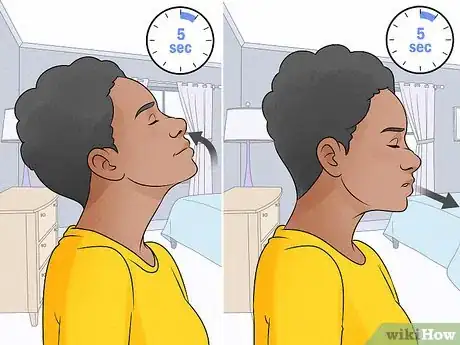
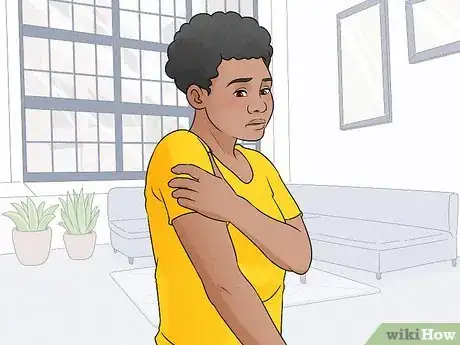
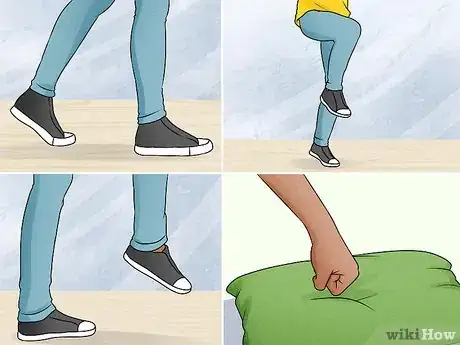
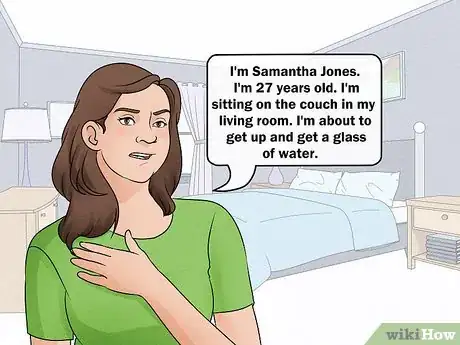


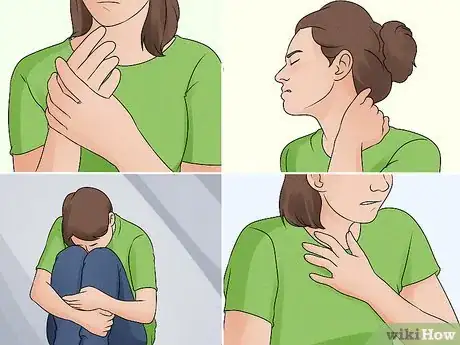

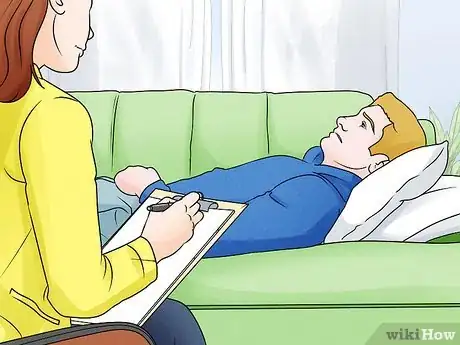


-Step-13.webp)





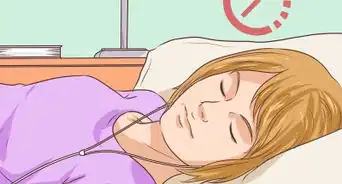



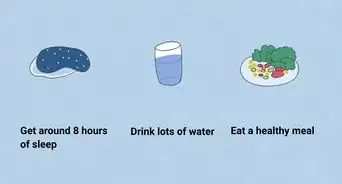
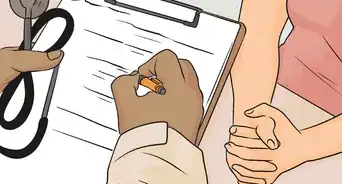








-Step-13.webp)






































Medical Disclaimer
The content of this article is not intended to be a substitute for professional medical advice, examination, diagnosis, or treatment. You should always contact your doctor or other qualified healthcare professional before starting, changing, or stopping any kind of health treatment.
Read More...